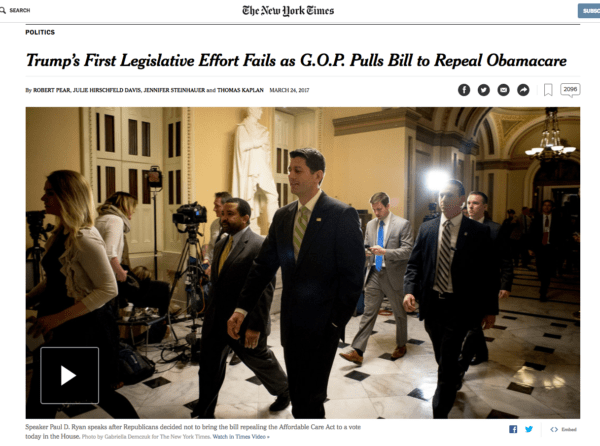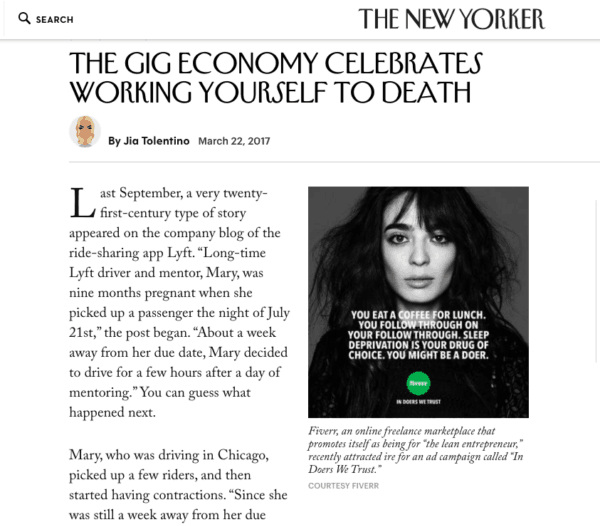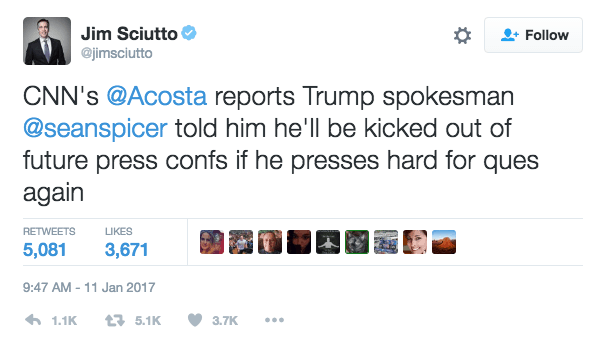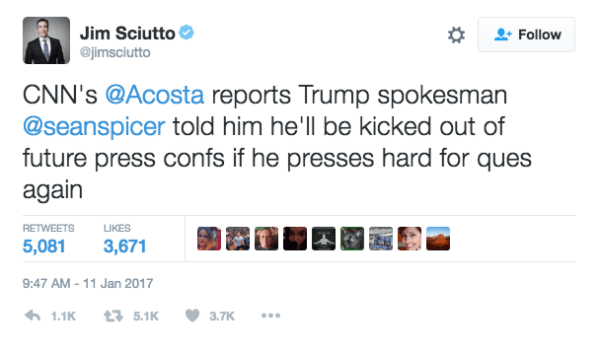Welcome to December in the journalism world.

Our sources are prepping their out-of-office replies, stories still have to be filed and we’re all just trying to hang on until the company holiday party (with a cash bar). It’s a special time of unrequited phone calls and frustration, with a pinch of lower standards at times.
With all this in mind, how can you successfully pitch journalists before – and during – the holiday lull?
We’re a little more accepting during the holidays
The stories we’re really chasing are likely about to go into a holding pattern, as government officials and CEOs get the luxury of taking long vacations around this time. Even the ones that stick around until a few days before Christmas Eve don’t really want to deal with the hassle of a journalist.
We’ve still got to post something to our websites and fill those column inches somehow. The closer we get to New Year’s Eve, the more we tire of hearing, “Hi, you’ve reached” when we call someone.
This can be a great time to pitch stories that might be more on the fringe of our coverage base. If you’re responsive, can deliver your sources and have a relevant story wrapped up like a present, we’ll be more likely to put you on the nice list at this time.
Our readership is still hungry for content in December, so writers might be a little more flexible when you pitch.
With that said:
Don’t think we’re desperate
Just because our sources may be unavailable in December and we’re scrambling to get stuff posted, it doesn’t mean that you can dust off an old pitch, add a holiday keyword or two and expect us to publish.
If it’s something that we’re not going to be interested in at all in September, our feelings probably haven’t changed since then. While we acknowledge your plight, clients still want placement, no matter what, we know what our editor and readers will think if we submit something with only a flimsy connection to our beat or location.
As always, the more time you give us, the better. While we likely have more time to answer your email, DM or phone call, that also means we’re reading your pitch more closely. There are plenty of ways to refresh a story idea for the holidays, but it might take some digging and ingenuity.
You can look back at stories a website or publication has done around this time last year to get a better sense of what flies with the readership. A lot of the holiday content has been planned for weeks, if not months, so your best bet would be figuring out ways that your story could be complementary (or even unique) to what we’ve already got planned.
Get a jump on 2019
A bedrock of content around this time: predictions about the new year.
These are quick, easy and digestible pieces to which readers often respond well. If you’re scrambling to get your client one last placement before the ball drops, think about offering a listicle guest post or an interview where an expert from your client shines a light on the future of their industry.
This helps out in a few ways. It’s easy content to publish and it makes your client look innovative and forward-thinking. Some writers can even gain story ideas from these lists and want to follow up with your client’s CEO or expert at a future date.
December is a great time to pitch evergreen story ideas that we can work on now and post in early January.
You can also take this time to plant seeds for January and early spring. As we discussed before, the holidays can be a slow period for writers. If you were too late with pitching a holiday-related story, this could be a perfect opportunity to work together on something that helps us start the new year strong.
By Justin Lafferty








